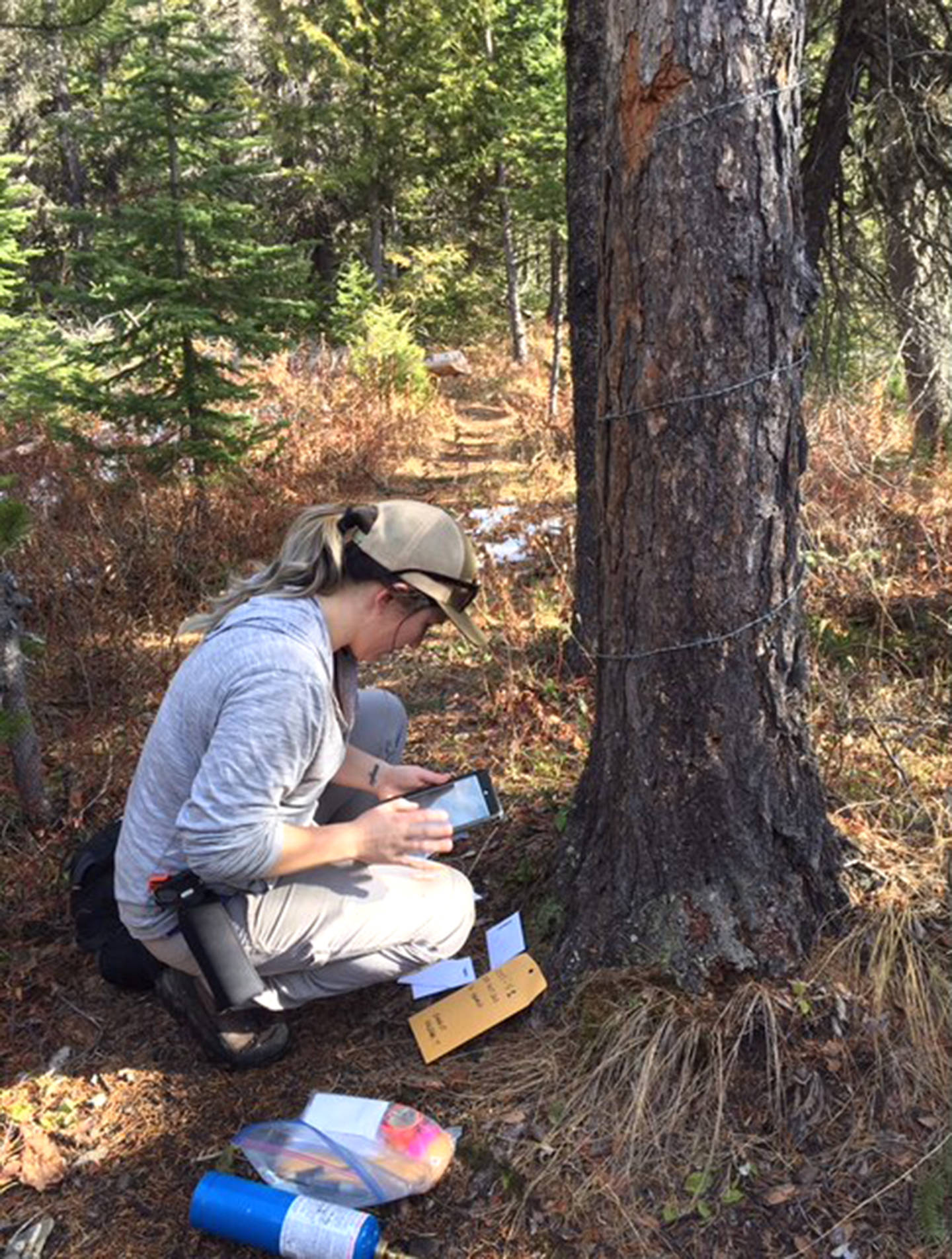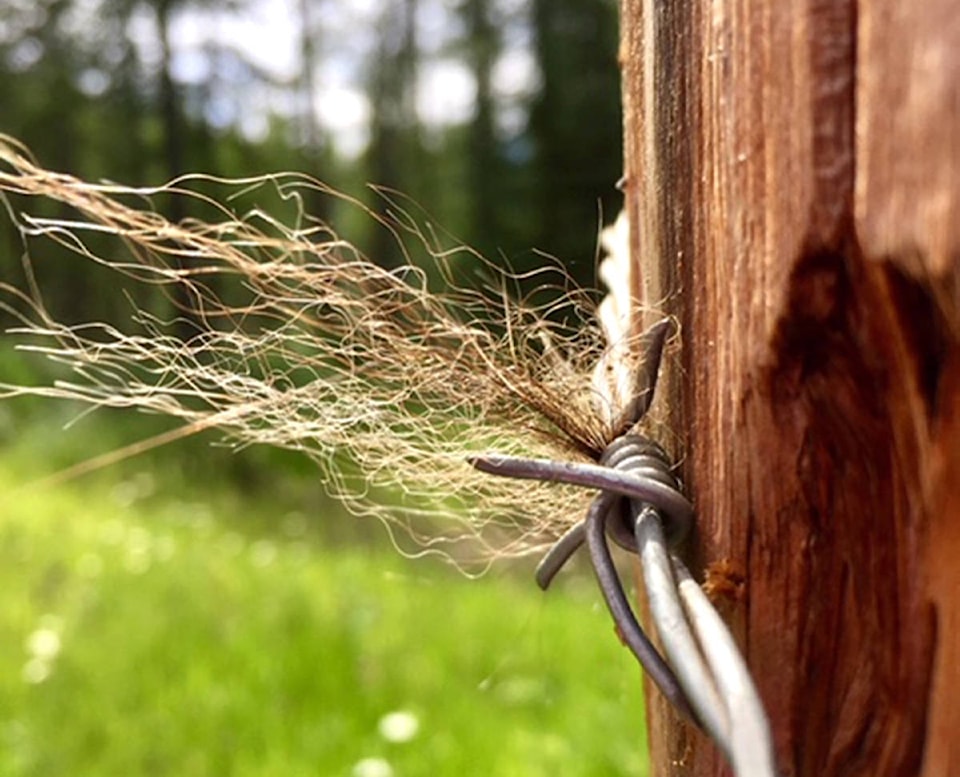An Elk Valley research group has a hairy proposition for hikers in the area.
The South Rockies Grizzly Bear Project (SRGBP) is recruiting volunteers to collect bear hair from hundreds of rub trees scattered across the region.
It is thought male bears use rub trees to scent mark within their territory although female bears have also been observed using rub trees.
The SRGBP has identified approximately 300 rub trees from the Flathead Valley to Elk Lakes, and wrapped barbed wire around the trunks to catch the hair, which is collected by scientists and volunteers once a month.
Between 1400-1500 hair samples are collected each year with the best samples undergoing genetic testing, giving scientists a DNA fingerprint for each bear and allowing them to track grizzly bear populations.
Now, residents have a unique chance to contribute to the ongoing study of grizzly bears and, ultimately, the conservation of the species.
“It’s an opportunity for people to do citizen science basically. Get out and be a scientist for a day and collect some grizzly bear hair and be part of a larger project,” said ecologist Clayton Lamb.
“They’ll be hiking the trails around the Elk Valley and collecting the hair if they choose to do so,” added SRGBP coordinator Emma van Tussenbroek.
“It’s a great way to explore new places in the Elk Valley and to be part of a cool project.”
The SRGBP hosted an information session at The Arts Station on Monday night with the aim of educating the public about the study, which has been ongoing since 2006.
“Its goal is to quantify what the population is doing, so what’s the density, what’s the trajectory, is it increasing or decreasing,” explained Lamb.
“To date, the population has declined until about 2012-13 and since then we’ve seen a little bit of an increase, which is a good sign.
“That’s probably due to some good years of berry crops and some productive years of forage in the Valley.”
However, the region remains an area of concern for scientists with some of the highest mortality rates in British Columbia, according to Lamb.
He put numbers at 400-500, with around 20 bears killed each year depending on a wide range of factors.
“The bears are kind of coming out of that decline because of some good years of food but the mortality is still definitely the big problem in the Elk Valley,” said Lamb.
“We don’t have control over what a huckleberry year looks like, that’s a weather event that we could never control but, you know, how many bears get struck on a highway or how many bears get in conflict with a rancher… that’s a management thing that we can eventually deal with, with more information.”
Volunteers will be trained in collection techniques and provided with all the equipment they will need, with the exception of bear spray.
Training sessions will be held and a schedule drawn up, with volunteers able to commit to as many or as few hikes as they would like.
Anyone interested in volunteering with the SRGBP can contact Emma van Tussenbroek via southrockiesgrizz@gmail.com or 250-531-1102.

